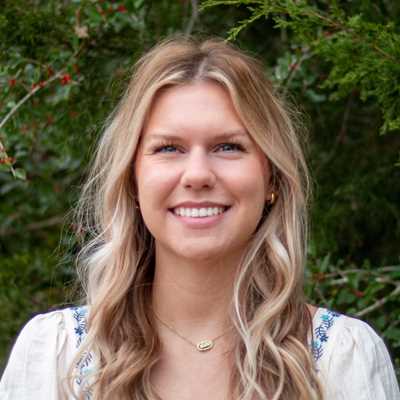Reduced or no-tillage management practices are gaining interest among Texas agricultural producers to manage water and soil resources, and Texas A&M University graduate student Sayantan Samanta has produced new data showing those practices’ positive impacts on runoff and soil erosion in a Texas agricultural watershed.
A Texas Water Resources Institute (TWRI) and U.S. Geological Survey (USGS) grant recipient, Samanta investigated the impact of soil management practices on water conservation and enhancing climate resilience.
In his grant-supported work, he studied the effects of conventional and no-tillage management on runoff and sediment losses from the outlet of the Brushy Creek watershed in the Texas Blackland Prairie. His results showed that practicing no-tillage in place of conventional tillage within the row-croplands of the watershed reduced runoff by 25% and sediment loss by 57%.
Farmers can have success with no-tillage practices, as they can reduce the requirements for irrigation and grow equally healthy crops, he said.
“No-tillage is an improved soil management practice,” he said. “When no-tillage is practiced, the soil is not disturbed. So, the root channels in the soil remain intact, and as a result, the infiltration rate increases, and runoff is reduced. Also, no-tillage can reduce soil erosion due to the crop residue left on the field. Consequently, clearer water can be seen flowing through the streams due to the reduced sediment concentration in the water.”
“Our preliminary investigation showed that practicing no-tillage can add more inches of water to the soil.” said Samanta “What we have found is that the improvement in plant available water content under no-tillage is prominently higher during a dry year.”
This research is helpful to farmers, natural resource conservationists, and watershed managers in understanding the benefits of improved soil management practices and in effectively implementing these practices.
As a child, Sayantan grew up in a town located on the banks of the longest river in India, the Ganges, and water sparked his curiosity.
“I was always mesmerized by the distribution of water in nature,” he said. “That motivated me for a career in hydrology.”
He earned his undergraduate degree in civil engineering in India and completed his master's from the Water Management and Hydrological Science Program at Texas A&M University in 2016, where he has since pursued his Ph.D. in water management and hydrological science under the guidance of Drs. Srini Ale and Cristine Morgan. “I had heard good things about Texas A&M University, and this was one of my top priority universities while applying for master’s programs,” said Samanta. “I was really lucky that I got admission.”
Samanta will graduate with his doctorate this May. Some of his highlights at Texas A&M University include his master’s thesis and Ph.D. dissertation defense, as well as the valuable experience he gained from working with his fellow lab mates. He presented his doctoral research at several international conferences and secured third place in best oral presentation at the 2021 ASA, CSSA, SSSA International Annual Meeting held in Salt Lake City, Utah. In 2022, he also received the Texas A&M Dissertation Fellowship.
After completing his Ph.D., Sayantan plans to pursue a post-doctoral research associate position in the Agrohydrology Lab at the Texas A&M AgriLife Research and Extension Center at Vernon, Texas.
His advice for students who plan to pursue this area of interest is not to fear failure.
“Over the course of graduate study, you learn 100 ways of how not to do a thing,” he said, “And eventually, you figure out one good way to do it.”


